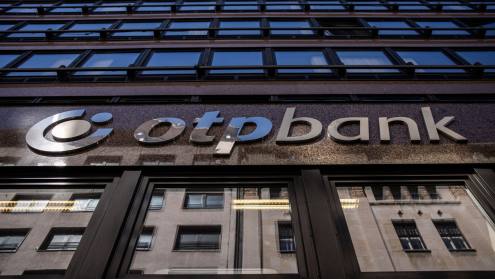In keeping with this, banks have moved proactively to lower their cost-to-income ratios. While in the past a ratio of 60% might have seemed respectable, in the run up to the crisis 40% was a more common target.
Then, of course, income collapsed and even the most assiduous cost-cutters were hard pressed to keep up. As a result, the world average for cost income now stands at 67%, with the worst ratio being experienced by the loss-making Japanese banking sector - a very high 128%.
The best ratio is to be found in the Chinese banking sector at 39%, no doubt helped by the soaring incomes and profits of Chinese banks rather than a vigilant approach to costs. With huge branch networks, vast numbers of employees and rising wages, controlling costs in a major Chinese bank is something of a challenge.
North America's 63% ratio is fairly high, perhaps reflecting the overbanked nature of the US market in a high-cost country - maybe something for the government to think about. Latin America is an example of a market that was enthusiastically following the private sector model, but there are signs of a resurgence in the state banking model in countries such as Brazil following the crisis.
Latin America's cost-to-income ratio is a healthy 55% but will it rise if government-owned banks take up more of the market? Or can they become as efficient as leading private sector banks?
In Asia (excluding China), the ratio is 50% and, of course, within that are many different countries with their own unique examples of costs and other pressures. The Middle East has a very healthy ratio of 41% while western Europe's is 56% and eastern Europe's is 51%.
The Banker holds cost-to-income ratios for the majority of banks in its database. In previous years we have run a cost-to-income column in the main Top 1000 listing table, but this year it has been omitted for space reasons. However, subscribers to the www.thebankerdatabase.com have access to them all.
The table showing the best cost-to-income ratios shows a selection of banks with exceptional ratios, but further analysis is required to gain a full understanding of the reasons behind these outcomes.

Average cost-to-income ratio by region (%)

Lowest cost-to-income ratios by bank (%)






